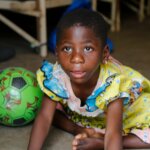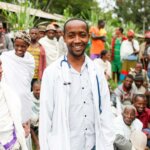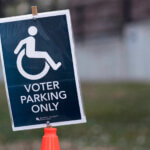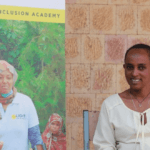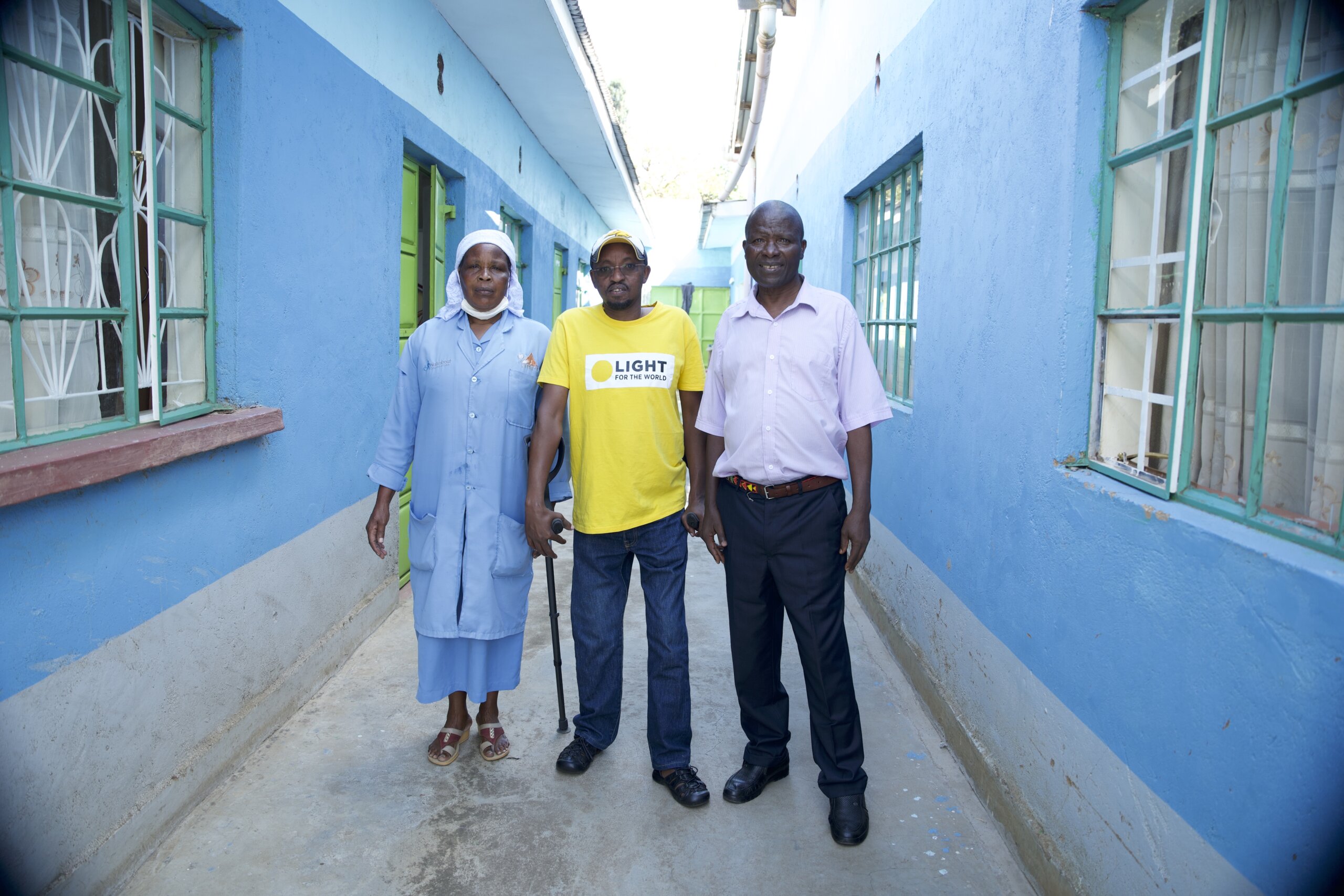- Disability Rights
Why Community-Based Rehabilitation? And how does it work?

When Selamawit broke her leg at age three, it would not heal straight, leaving her almost immobile. With the help of a Community Based Rehabilitation fieldworker, Selamawit regained her mobility. Her mother Zinabua now works as a volunteer rehabilitation scout in her neighborhood, checking on children with disabilities and convincing their parents to join the programme.
1. What is Community-Based Rehabilitation?
Community-Based Rehabilitation (CBR) was originally envisaged as a low-cost way of providing rehabilitation to children with disabilities in rural areas. Since its adoption by the World Health Organisation (WHO) in 1978, CBR has developed into so much more. It is no longer just about the medical rehabilitation of individuals, but also about improving the general well-being and livelihoods of both people with disabilities and the communities they live in.
CBR gets parents, neighbors, friends, teachers, and employers involved in an attempt to drive disability-inclusive development using whatever infrastructure there is.
Health services, school, vocational training, employment, political participation: Community-Based Rehabilitation connects the dots which make a happier society.
2. What are the aims of CBR?
CBR works with people with disabilities to
- develop their capacity,
- address their specific needs,
- ensure equal opportunities and rights, and
- facilitate them to become self-advocates.
CBR is joining the dots, joining the people to existing services and enabling them to be economically productive. It’s what everyone wants.
Tom Shakespeare, Chair of Light for the World UK
CBR isn’t about making individuals work in society – it is about making the community accommodate individual with different needs and abilities by
- removing barriers that exclude people with disabilities and
- enabling everyone to participate fully and equally in all development areas.
First, we need to convince people that they need to open society for all, and second, to convince other disabled people that they need to take opportunities, and show society that when they have a chance, they can go further.
Dr. Jose Diquissone Tole, a leading pioneer of disability inclusion within Mozambique
3. How do Community-Based Rehabilitation programmes work?
Community health workers are trained to identify children with disabilities, who are often hidden by their families. Children in our programmes receive regular visits from health workers in their homes rather than getting treatment in institutions, away from families. CBR workers evaluate the individual needs of children. For example, a child might require immediate medical attention, physiotherapy, crutches, a wheelchair, hearing aids or spectacles. In addition, CBR workers show parents how they can support and strengthen their child with specific physiotherapy exercises.
CBR also has a positive impact on the inclusion of disabled people within a community. The programmes take place directly in the village, so parents, friends, and neighbors are all involved.
4. Why Community-Based Rehabilitation?
The model of Community-Based Rehabilitation has a number of advantages which account for its popularity, especially in middle and low-income countries.
- CBR works even in rural regions with little existing infrastructure
- CBR positively affects the well-being of both persons with disabilities and the communities they live in
- CBR creates awareness in society and combats prejudice against people with disabilities.
5. What about disability-inclusive livelihood programmes?
Light for the World supports inclusive livelihood opportunities in Ethiopia, Burkina Faso, Bolivia, Cambodia, Kenya, Mozambique, North East India, Pakistan, Rwanda, Uganda, and Tanzania.
All videos in this article were produced with funding from Austrian Development Cooperation.
